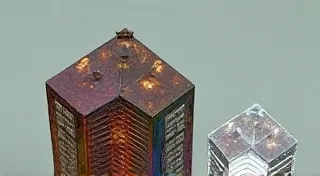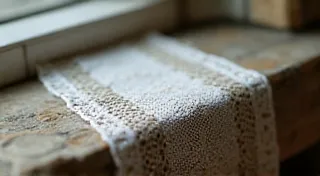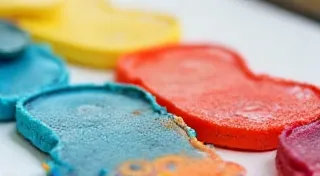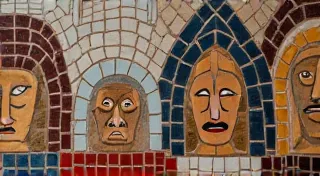The Silhouette's Shadow: Understanding Pattern Drafting in the Belle Époque
There’s a quiet reverence I feel when I hold a truly old sewing pattern. It's more than just paper and lines; it’s a portal. A tangible connection to a time when clothes were meticulously crafted, not mass-produced. And when I focus on patterns from the Belle Époque, that feeling intensifies. This period, spanning roughly from the 1870s to the 1910s, wasn't just an era of opulent gowns and elaborate hats; it was a pivotal moment in the evolution of pattern drafting itself. Understanding the techniques employed then reveals so much about the clothes, the women who wore them, and the artistry that defined an age.
My grandmother, a seamstress by trade, often spoke of the "ghosts" in her patterns. These weren't literal apparitions, of course, but the echoes of the dressmakers who originally conceived them. She’s the reason I’m so drawn to vintage sewing – she’s the one who taught me to appreciate the skill and dedication embedded in every stitch.
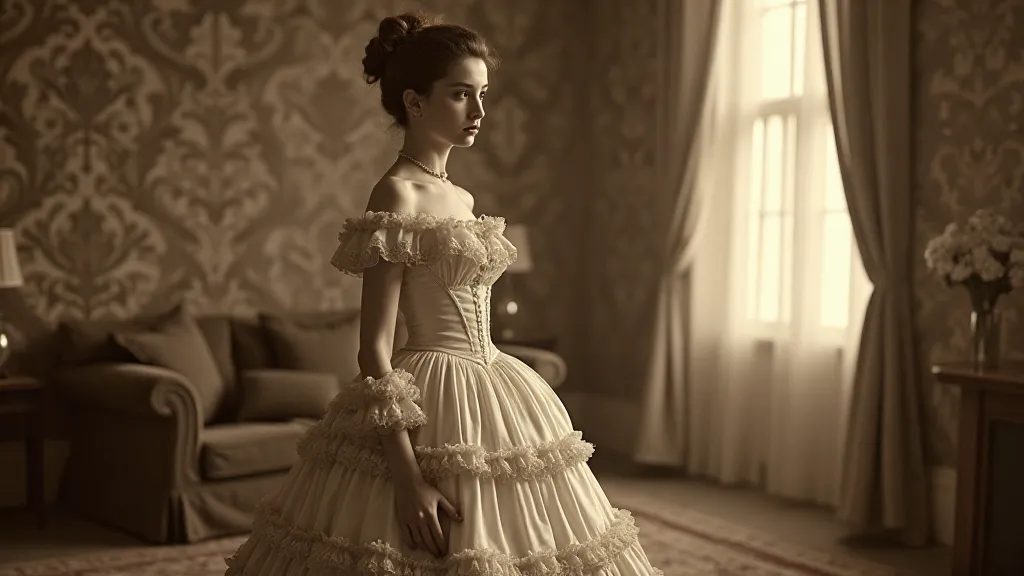
The Foundations: The Shift from Tailoring to Pattern Making
Before the Belle Époque, bespoke tailoring reigned supreme. Clothing was made directly from measurements, a laborious and expensive process accessible only to the wealthy. The burgeoning middle class demanded affordable fashion, and this fueled the rise of pattern making. Initially, patterns were closely based on tailoring methods, but they gradually evolved. Early pattern companies like McCall's and Butterick began adapting tailor’s blocks – standardized, full-sized paper figures – to create patterns for the home sewer. The concept of a “basic” pattern, adaptable to various designs, was in its infancy.
The Corset’s Crucial Role
To truly understand Belle Époque pattern drafting, you *must* understand the corset. It wasn't merely a restrictive garment; it was the architectural foundation of almost every woman’s wardrobe. Corsets dictated the shape, and consequently, the pattern pieces themselves. The hourglass figure, so characteristic of the era, was achieved through meticulous shaping – a shaping that was intrinsically linked to the pattern’s design. Patterns included elaborate instructions for fitting the corset and integrating it seamlessly into the garment.
The bodice pattern pieces were often drafted directly from the corset’s curves, with pleats, darts, and seams strategically placed to create a flattering silhouette. The complexity of these bodice drafts is astounding, especially considering the tools available – primarily rulers, curves, and a keen eye.
The Evolution of Skirt Construction
Skirts in the Belle Époque evolved dramatically throughout the era. Early skirts were supported by layers of petticoats, often made of stiffened fabric like horsehair. As the years progressed, the emphasis shifted to achieving fullness through pleats, gathers, and judicious use of fabric. Pattern drafting reflected this change. Early patterns might include separate patterns for each petticoat, while later patterns would often incorporate fullness directly into the skirt pattern piece, with instructions for gathering or pleating.
Consider the ‘bustle’ era of the 1870s and 1880s. The bustle, a padded structure extending the skirt at the rear, required incredibly complex pattern drafting to ensure a smooth drape and a flattering shape. These patterns often included multiple pieces for the bustle itself, creating a scaffolding for the fabric to fall upon.
Drafting Techniques: The Art of the Curve
Belle Époque pattern drafting techniques were largely based on geometric principles, utilizing curves and lines to translate three-dimensional forms onto flat paper. “Working from drapes” – draping fabric directly on a dress form and then transferring those shapes to paper – was also a common practice, allowing for greater fluidity and creativity in design. These initial drafts were painstakingly refined and standardized.
The use of French curves, flexible rulers that allowed for the creation of smooth, flowing lines, was essential for achieving the characteristic S-curve silhouette. Darts, strategically placed to shape the fabric and create volume, were another key element. The placement and length of these darts directly impacted the garment's fit and overall aesthetic. Mastering these principles required both technical skill and artistic intuition.
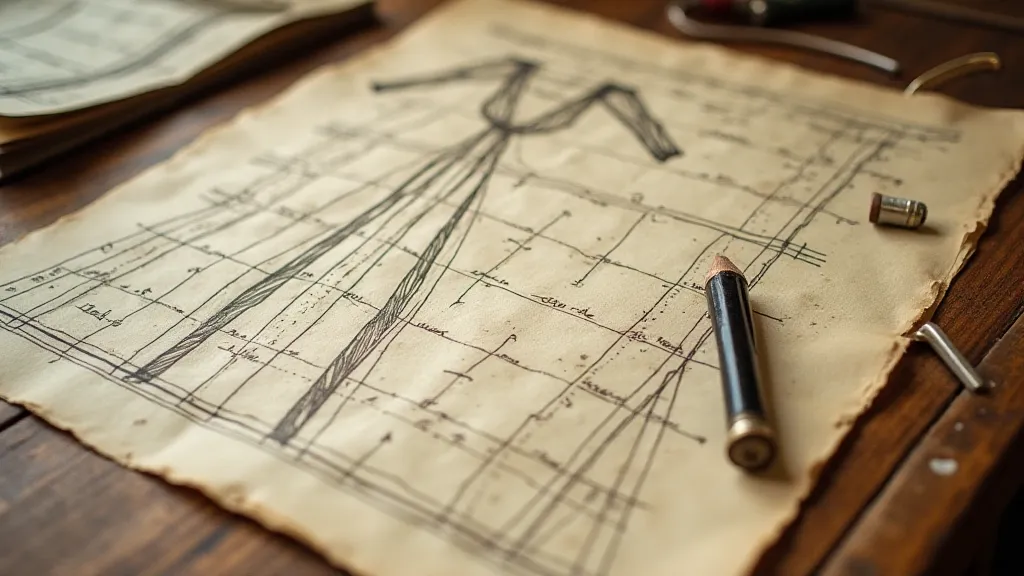
The Legacy of Craftsmanship
Looking at these antique patterns, you can almost feel the hand that drew them. The imperfections – a slight tremor in a line, a hastily scribbled note – speak to the human element in their creation. They represent a time when clothes were more than just commodities; they were expressions of artistry, status, and personal style.
Restoring and collecting these patterns isn’s just about preserving pieces of paper; it’s about safeguarding a tradition. It's about honoring the women – often unnamed – who dedicated their skills to bringing beauty and elegance into the world. Understanding the drafting techniques behind these patterns allows us to appreciate the depth of their craftsmanship and the rich history they represent.
Subtle Insights: Restoration and Collecting
For those interested in collecting, look for patterns with detailed instructions and annotations. These often indicate the experience level of the original dressmaker and can offer valuable insights into the garment's construction. Patterns in good condition, free from severe tears or stains, are naturally more valuable. However, even damaged patterns can be treasured for their historical significance.
Restoring vintage patterns is a delicate process. Avoid harsh chemicals that can damage the paper. Gentle cleaning with a soft cloth and archival-quality tissue paper is often the best approach. Framing patterns can protect them from further deterioration and allows them to be appreciated as works of art. Remember, the goal is preservation, not complete restoration. The patina of age is part of the pattern’s story.
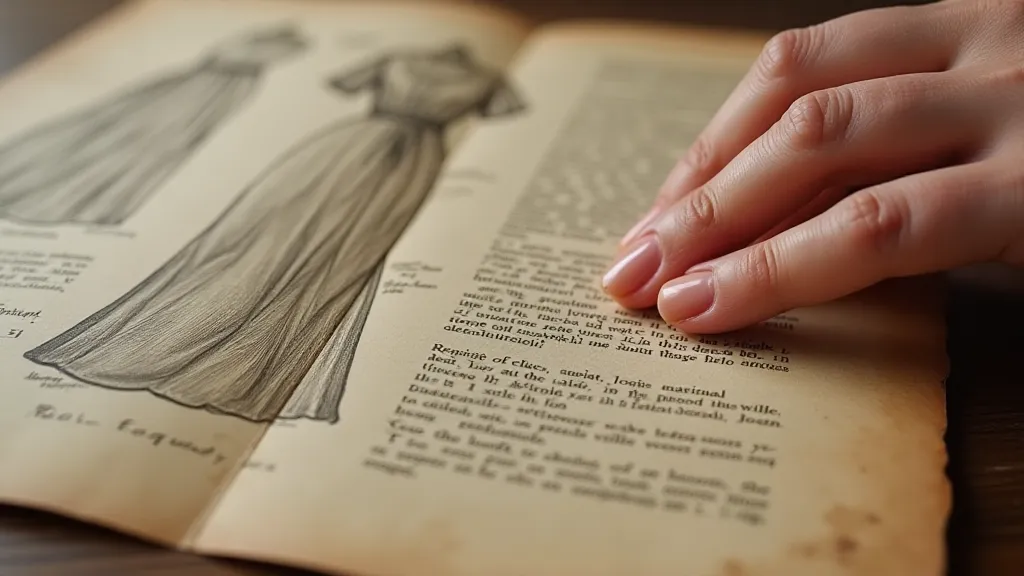
The silhouette’s shadow, cast by the era's unique pattern drafting techniques, continues to influence fashion today. By understanding the foundations of this artistry, we can gain a deeper appreciation for the enduring legacy of the Belle Époque.
